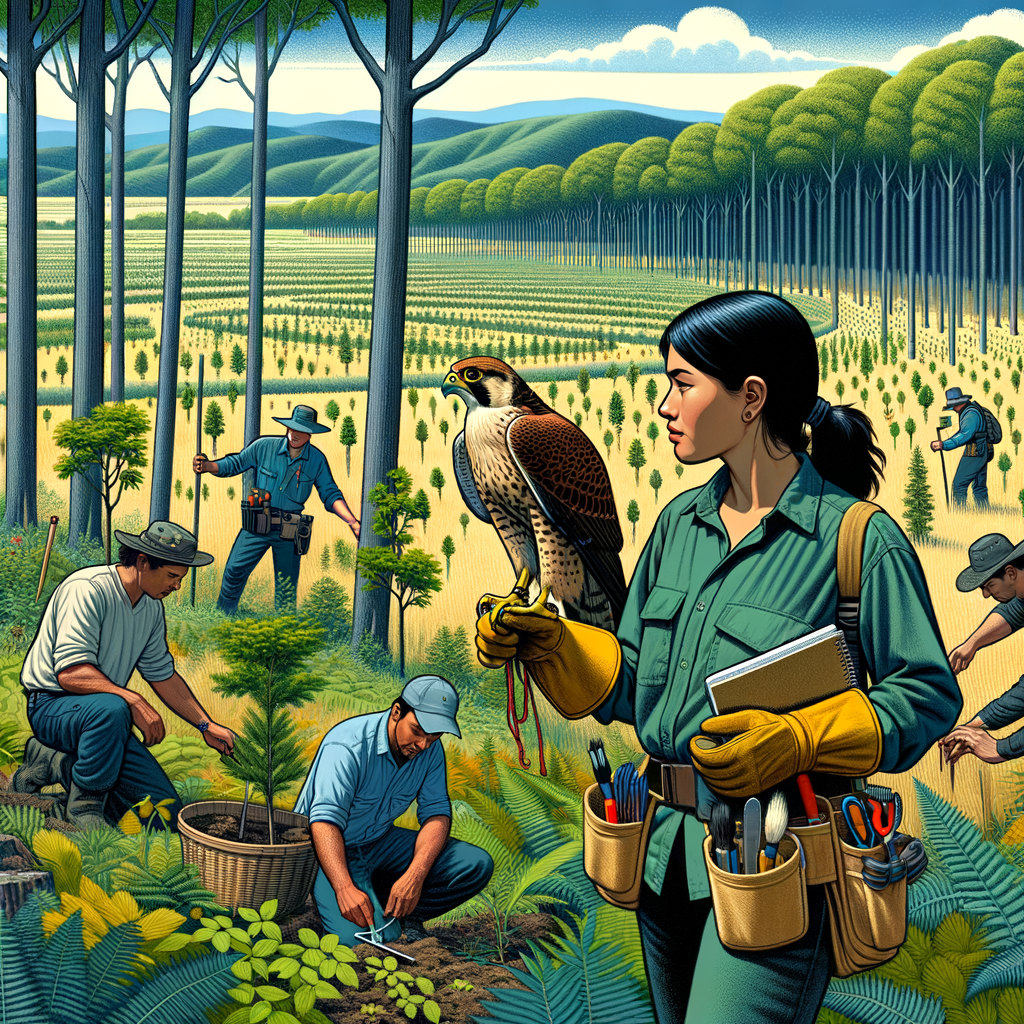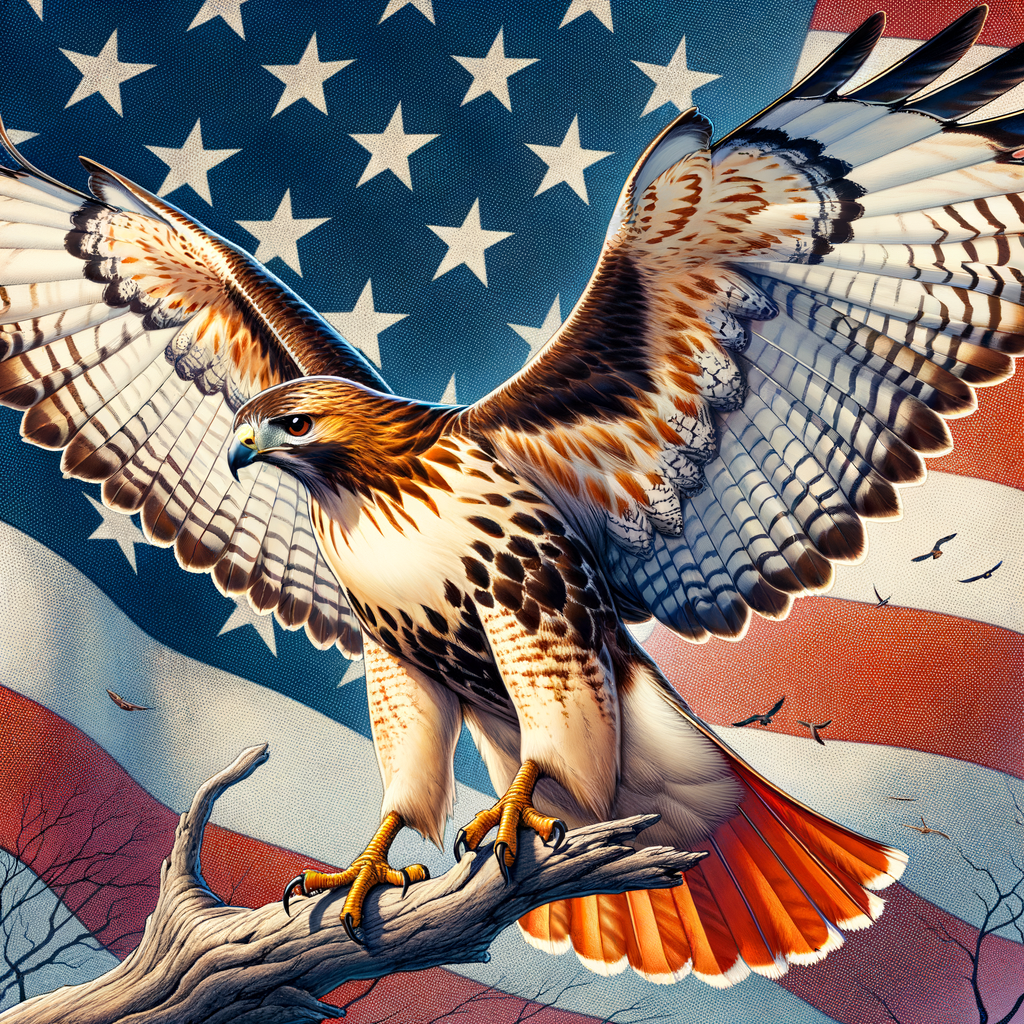Falconry Conservation Challenges
- Habitat Destruction: Natural habitats for birds of prey are decreasing due to deforestation and urbanization.
- Illegal Trade: Problems arise from unlawful capturing and selling of wild birds.
- Climate Change: Shifts in climate impact the availability of prey and nesting sites.
- Human-Wildlife Conflict: Increase in conflicts between human activities and bird populations.
- Pollution: Chemical substances and pollutants harm bird populations and their food supply.
- Overhunting: Excessive hunting reduces the prey available for birds of prey.
- Awareness and Education: Lack of awareness about the importance of falconry conservation among the public.
Falconry faces many challenges, but by understanding and addressing these threats, we can help preserve this ancient and incredible tradition.
Discover the Importance of Falconry Conservation: An Irish Tale
Imagine you’re strolling through the lush green hills of Ireland. The rolling landscape, with its whispered tales of ancient lore, is home to stunning wildlife that has thrived for centuries. Just like the fabled guardians of these enchanting lands, falcons have been symbolic protectors of our skies. But what happens when threats loom on the horizon, endangering these majestic birds and the ancient art of falconry?
Keep reading to uncover the parallels between Ireland’s revered folklore guardians and our modern-day falcons. Understand how preservation efforts can ensure that the heart-pounding exhilaration of a falcon’s flight isn’t lost to history, but continues to inspire and awe future generations. Trust us, this is a story you’ll want to hear.
Understanding Conservation Threats in Falconry
Falconry, the ancient art of hunting with birds of prey, faces several conservation threats that endanger its practice and the wildlife involved. These threats to wildlife are not only challenges for falconers but also significant concerns for conservationists working to preserve falcon species and their habitats.
Major Conservation Threats Affecting Falconry
- Habitat Destruction:
One of the most pressing conservation threats to wildlife and falconry is habitat destruction. As forests are cleared, wetlands are drained, and urban areas expand, the natural habitats that falcons depend on for breeding, hunting, and perching are rapidly disappearing. To learn more about the habitats where falcons thrive, visit our Species of Falcons page. - Climate Change:
Climate change poses another significant challenge in conservation for falconers. Changes in temperature and weather patterns can alter the availability of prey and suitable nesting sites for falcons. This can lead to reduced populations of both falcons and their prey, disrupting the delicate ecosystem balance. Our section on Falconry and Ecosystem Balance provides deeper insights into how falconry can help maintain this balance. - Pollution and Poisoning:
Environmental toxins such as pesticides and rodenticides used to control pest populations can inadvertently poison falcons. These chemicals can accumulate in the bodies of prey animals, and when falcons consume these prey, they can suffer from poisoning. This is a critical issue that needs attention and regulation. The Ethical Falconry page offers guidelines and practices to minimize risks. - Illegal Wildlife Trade:
The illegal capture and trade of falcons and other birds of prey for falconry or as trophies are serious threats. This practice not only diminishes wild populations but also disrupts breeding programs aimed at conservation. You can learn more about the legal aspects of preserving these majestic birds on our Legal Aspects of Falconry page.
Challenges in Conservation for Falconry
- Insufficient Legal Protections:
Proper legal frameworks are essential for protecting falcon species and their habitats. Unfortunately, not all countries have robust laws or enforcement mechanisms in place. This often leads to challenges in conservation efforts. Our Legal Challenges in Falconry section delves into the complexities and solutions for better legal protection. - Public Awareness and Education:
Educating the public about the importance of conservation and the role of falconry is crucial. Many people are unaware of the threats to wildlife and how falconry can contribute positively to conservation efforts. Our Educational Resources are designed to spread this knowledge and encourage responsible practices. - Threats from Modern Development:
With rapid urbanization and agricultural expansion, the traditional landscapes that have supported falconry for centuries are under threat. Finding ways to integrate modern development with conservation efforts is a significant challenge for falconers and conservationists alike. Check out our page on Modern Falconry Techniques to see how technology and innovation are helping to bridge this gap.
Conservation Threats to Falconry and Wildlife
Habitat Loss
Habitat loss is a huge problem for wildlife. As of 2024, only 9% of species threatened by habitat loss have minimally sufficient areas of their habitat safeguarded within protected areas. This means that the homes of many animals are shrinking, and they have fewer places to live and thrive.
Invasive Species
Invasive species like rats, cats, and fungal diseases are harmful to native wildlife. Alarmingly, only 24% of endangered species threatened by these invasive aliens have documented control programs in place. This can lead to many animals struggling to survive as these intruders take over their habitats.
Conservation Efforts
Despite some positive progress, many threatened species are being neglected. There is little to no evidence of targeted population recovery efforts for these animals. This means that we need to work harder to protect and help them grow in number before it’s too late.
Global Biodiversity Framework
The Kunming-Montreal Global Biodiversity Framework calls on all parties to significantly speed up and well-fund strategic conservation programs. Meeting agreed-upon goals for limiting extinction rates is crucial to preserving our planet’s biodiversity.
IUCN Red List
The IUCN Red List of Threatened Species, updated in 2019-3, gives important insights into the state of biodiversity conservation. It highlights the current challenges and opportunities for future action, showing us where we need to focus our efforts.
Wildlife Crime
The World Wildlife Crime Report 2024 shows the devastating impact of illegal wildlife trade. Globally, around 4,000 plant and animal species are affected by this issue, making it a major threat to biodiversity.
Conservation Strategies
Various conservation strategies and tools have been studied, including invasive mammal eradication on islands. These efforts have resulted in substantial conservation gains and show what can be achieved with targeted actions.
Protected Areas
Protecting specific areas is key to preventing biodiversity loss. Fifty countries have committed to protecting at least 30% of the world’s land and ocean by 2030. This is a significant step towards addressing the biodiversity crisis and ensuring a future for all species.
Additional Key Challenges in 2024
Funding Shortfalls
Many conservation efforts struggle due to inadequate funding. Budget cuts and reduced capacity for effective conservation can seriously hinder progress.
Wildfires and Climate Change
Wildfires can have huge impacts on ecosystems. Events like the El Ni-Southern Oscillation (ENSO) can disrupt climate cycles and affect biodiversity.
Sea Urchin Die-Offs
Mass die-offs of sea urchins can significantly impact tropical ecosystems, causing problems like increased algal growth and coral reef degradation.
Earthworm Decline
The decline of earthworm populations affects soil quality and overall ecosystem health, illustrating the importance of every species in maintaining ecological balance.
Ammonia Production
While cheaper, lower-carbon ammonia production is promising for climate benefits, it could lead to increased fertilizer use and environmental pollution if not managed carefully.
Predicting Toxicity
New approaches to predicting the toxicity of chemicals help identify safer substances, but they may not fully mitigate unintended consequences, highlighting the need for careful management.
Tables and Data
| Conservation Threat | Impacted Species (%) | Number of Species Affected |
|---|---|---|
| Habitat Loss | 91 | Thousands |
| Invasive Species | 76 | Hundreds |
| Wildlife Crime | N/A | 4,000 |
These facts and figures show the critical state of conservation and the need for immediate, well-funded, and targeted actions. By understanding and addressing these threats, we can work towards a better future for all species, ensuring their survival for generations to come.
Protecting Falconry and Wildlife Conservation: A Critical Mission
In 2024, the world of falconry and wildlife conservation faces numerous challenges that threaten the survival of many species. Key issues such as habitat loss, invasive species, and wildlife crime are significant obstacles that require urgent attention and action.
- Habitat Loss: With only 9% of species threatened by habitat loss having sufficient protected areas, preserving natural habitats is crucial.
- Invasive Species: Just 24% of species endangered by invasive species have control programs, highlighting the need for more effective management.
- Wildlife Crime: Illegal wildlife trade affects around 4,000 species globally, underscoring the importance of stronger enforcement and regulation.
- Climate Change: The impact of climate change on migratory species and ecosystems cannot be ignored, as it disrupts habitats and migration patterns.
- Funding Shortfalls: Sustainable conservation efforts need adequate funding to maintain and expand effective programs and initiatives.
Efforts like the Kunming-Montreal Global Biodiversity Framework and commitments to protect at least 30% of the world’s land and ocean by 2030 are positive steps towards addressing these issues.
By amplifying conservation strategies, embracing innovative solutions, and fostering global cooperation, we can work together to ensure a thriving future for falconry and wildlife. Let’s rally behind these causes to protect our planet’s precious biodiversity for generations to come.



